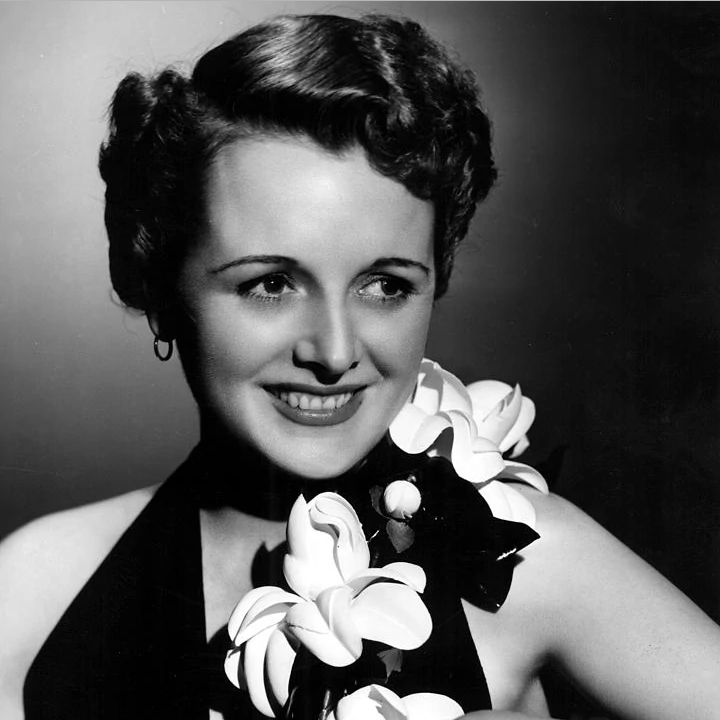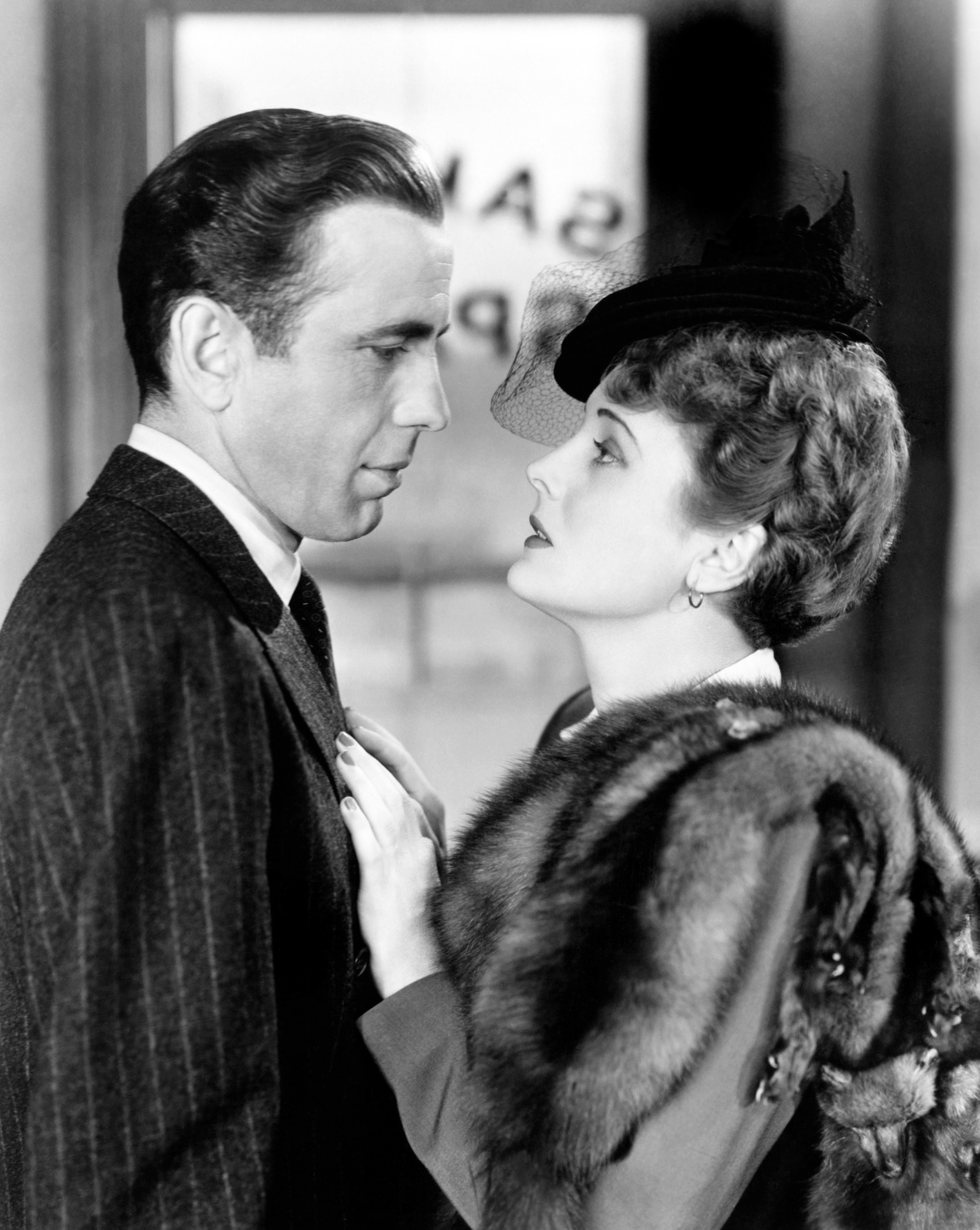Listen to this episode on Apple Podcasts and Spotify.
In 1936, actress Mary Astor (who had not yet made her most famous film, The Maltese Falcon) and her husband went to court to fight for custody of their four year-old daughter. The trial made international news thanks to both sides’ use of Astor’s diary, in which she had recorded details of her affair with playwright George S. Kaufman. How much did Astor truly reveal in her diary, and what role did the scandal play in her life and career?
SHOW NOTES:
Sources:
Hollywood Babylon by Kenneth Anger
My Story: An Autobiography by Mary Astor
The Purple Diaries: Mary Astor and the Most Sensational Hollywood Scandal of the 1930s by Joseph Egan
Goldwyn: A Biography by A. Scott Berg
Mary Astor's Purple Diary: The Great American Sex Scandal of 1936 by Edward Sorel
http://themaryastorcollection.com
“Excerpts from Mary Astor’s Diary” Green Bay Press-Gazette, August 11, 1936
“Astor Case Compromise Hangs in Balance Today” The Los Angeles Times, August 12, 1936
“Mary Astor’s Amazing Diary” The San Francisco Examiner, August 11, 1936
“Bare Excerpts of Mary Astor’s Lavender Diary” Chicago Tribune, August 11, 1936
“Actor Settlement As Mary Returns to Court” Evening Courier, August, 1936
Music:
The music used in this episode, with the exception of the intro and outro, was sourced from royalty-free music libraries and licensed music collections. The intro includes a clip from the film Casablanca. The outro song this week is “Secret” by Madonna.
Excerpts from the following songs were used throughout the episode:
Club Noir 2 - John Allen
One Two Three 2 - Peter Sandberg
One Two Three 5 - Peter Sandberg
A Playful Mood 2 - Peter Sandberg
Yellow Leaves 5 - Peter Sandberg
In The Lounge 05 - Lars Olvmyr
In The Lounge 02 - Lars Olvmyr
Downtown Alley 2 - Magnus Ringblom
Say It Is So - Magnus Ringblom Quartet
Tomorrow I'll Be Gone - Franz Gordon
City Fashion 3 - Björn Skogsberg
Eventually Maybe - Oakwood Station
Credits:
This episode was written, narrated and produced by Karina Longworth.
Editor: Cameron Drews.
Research and production assistant: Lindsey D. Schoenholtz.
Social media assistant: Brendan Whalen.
Logo design: Teddy Blanks.




